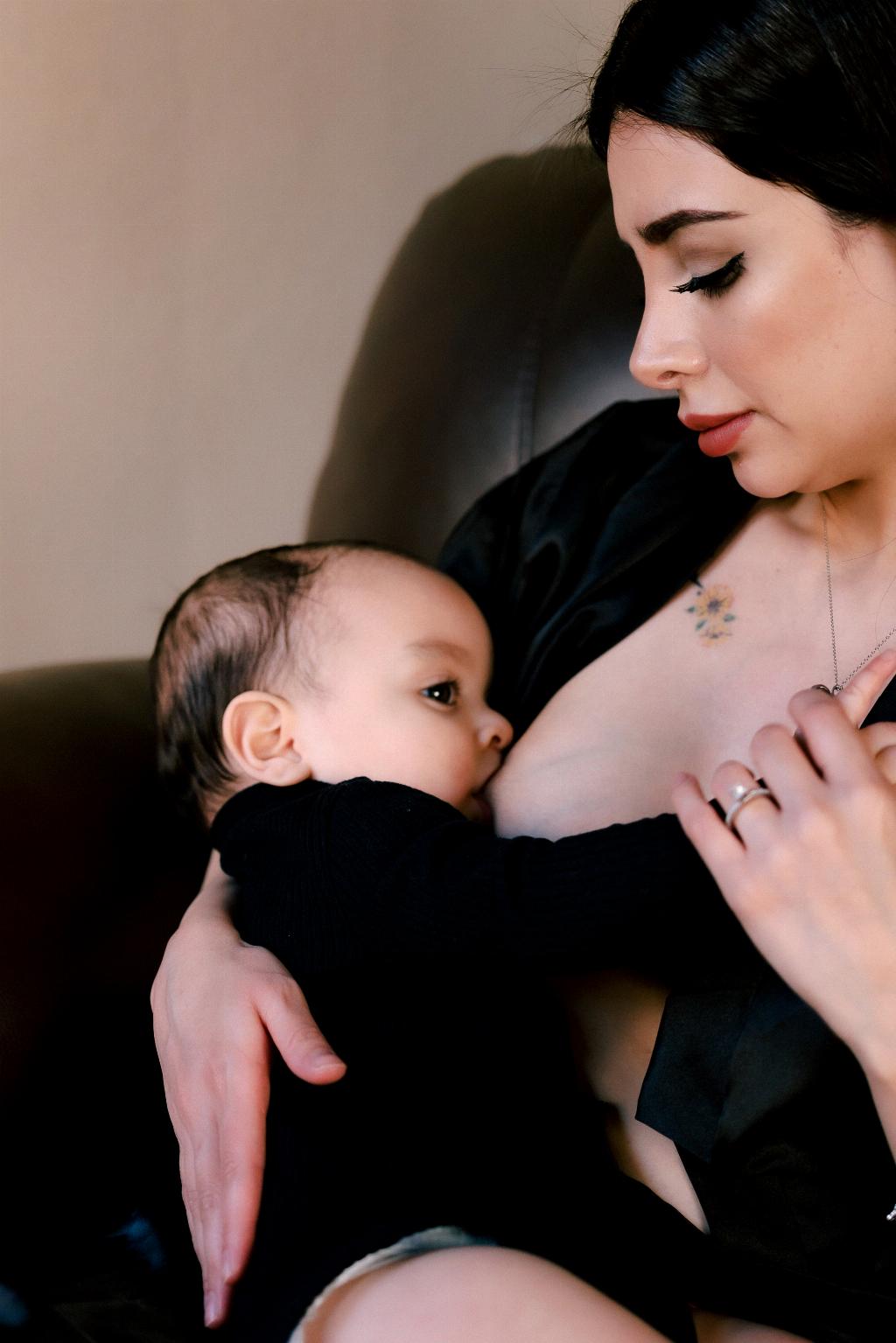Have you ever wondered why your breastfed baby’s poop may appear bright green? It is essential to pay attention to your baby’s stool as it can provide insights into their health and well-being. In some cases, a change in color could indicate an underlying issue that may require attention.
Possible Causes of Bright Green Poop
One common reason for bright green poop in breastfed babies is a foremilk/hindmilk imbalance. This imbalance can occur when a baby consumes more foremilk, which is the thinner, more watery milk that comes at the beginning of a feeding, than hindmilk, which is richer in fat and nutrients. As a result, the stool may appear green and frothy.
Another potential cause of green poop is a food intolerance or allergy. Certain foods that a breastfeeding mother consumes can pass through breast milk and cause digestive issues in the baby. Dairy, soy, nuts, or gluten are common allergens that may lead to changes in stool color.
Observing Other Symptoms
When noticing green poop in your baby, it’s crucial to observe any accompanying symptoms. If your baby is experiencing frequent gas, bloating, fussiness, or spitting up along with green stool, it may indicate an underlying issue that needs to be addressed.
Seeking Medical Advice
If you notice persistent green poop in your breastfed baby or if they exhibit other concerning symptoms, it is advisable to consult with your pediatrician or a lactation consultant. They can help you identify the root cause of the issue and provide guidance on how to address it effectively.
Remedying Foremilk/Hindmilk Imbalance
To address a foremilk/hindmilk imbalance, you can try ensuring that your baby empties one breast fully before offering the other breast during feeding sessions. This can help them access the richer hindmilk and may alleviate the green poop issue.
Exploring Food Intolerance or Allergy
If a food intolerance or allergy is suspected as the cause of green poop, it may be beneficial to keep a food diary to track your diet and your baby’s symptoms. By identifying and eliminating potential trigger foods, you may be able to alleviate digestive issues and normalize stool color.
Implementing Dietary Changes
For breastfeeding mothers, making dietary changes to remove potential allergens can be a helpful strategy in addressing green poop in their babies. Working closely with a healthcare provider or a dietitian can ensure that you maintain a balanced diet while catering to your baby’s needs.
Keeping Hydrated
Ensuring that both you and your baby are adequately hydrated is essential for maintaining healthy digestion. Drinking plenty of water can help support your milk supply and contribute to your baby’s overall well-being, potentially impacting their stool color.
Monitoring Progress
As you make adjustments to your feeding routine and diet, it’s important to monitor your baby’s progress and observe any changes in their stool color and consistency. Regular communication with your healthcare provider can help track improvements and address any ongoing concerns.
Conclusion
In conclusion, bright green poop in breastfed babies can be a signal of various underlying factors such as foremilk/hindmilk imbalance or food intolerance. By closely observing your baby’s stool and seeking guidance from healthcare professionals, you can identify the cause of the issue and take steps to address it effectively, promoting your baby’s digestive health and overall well-being.

